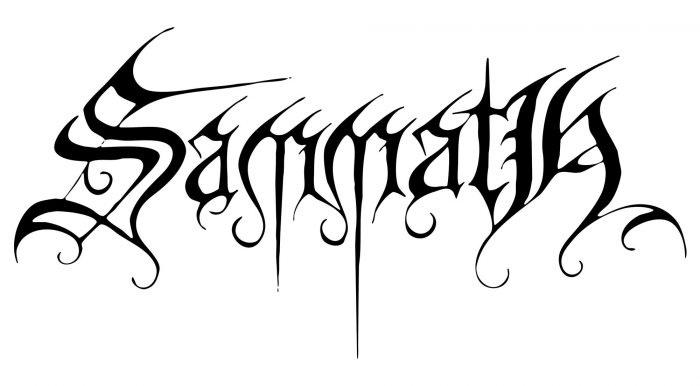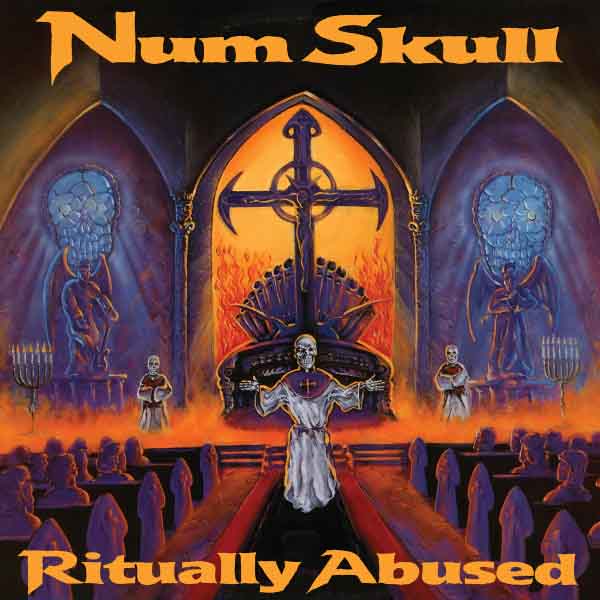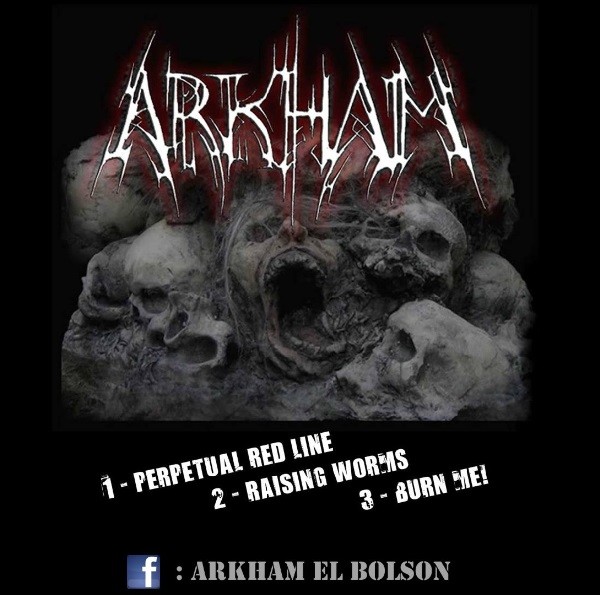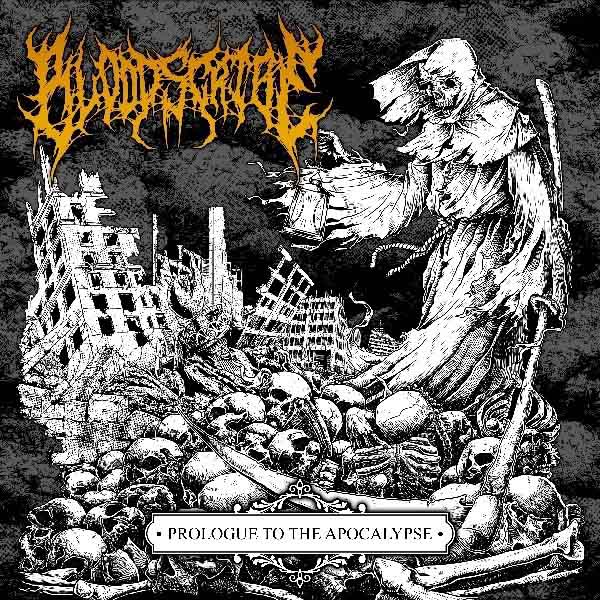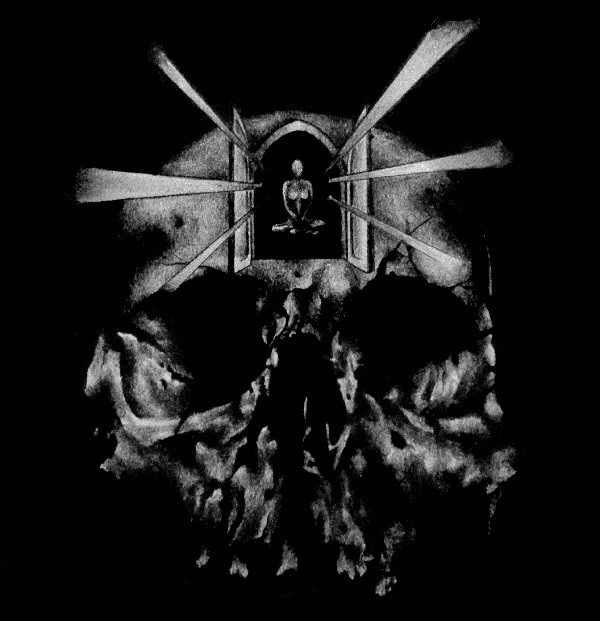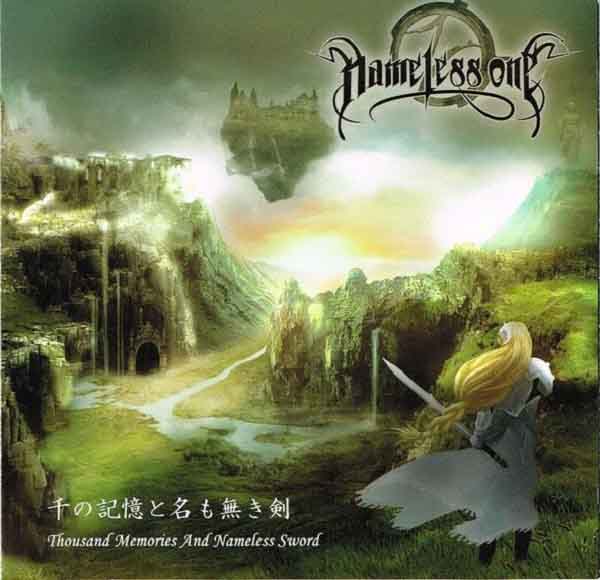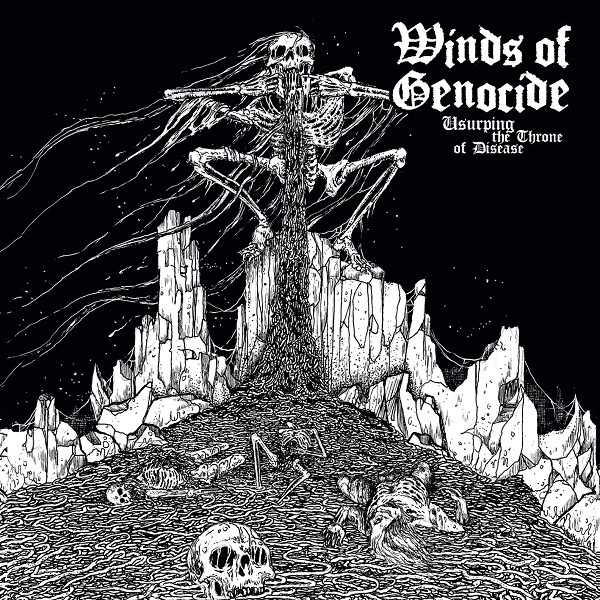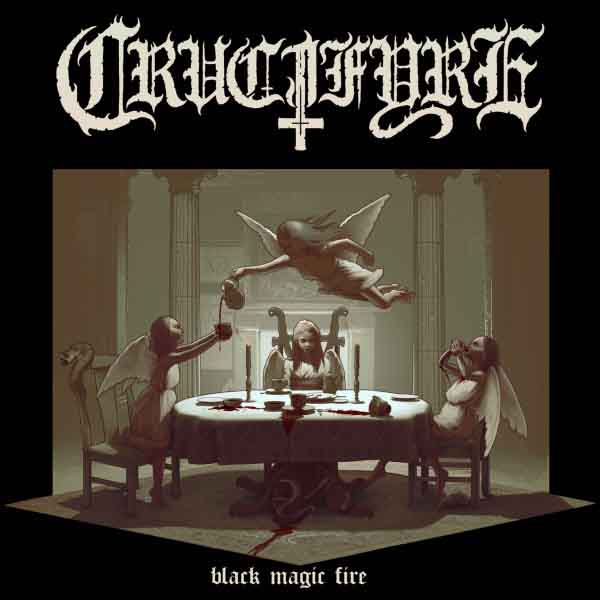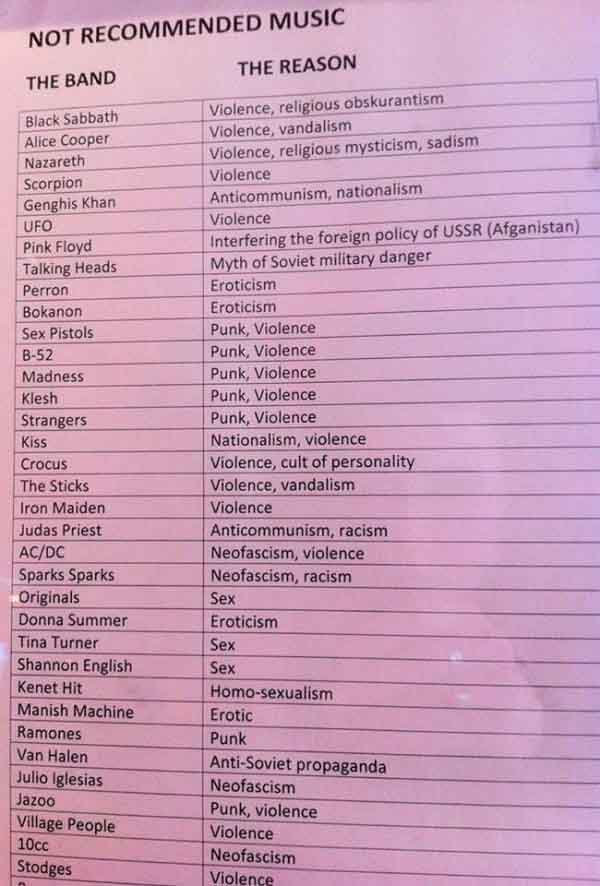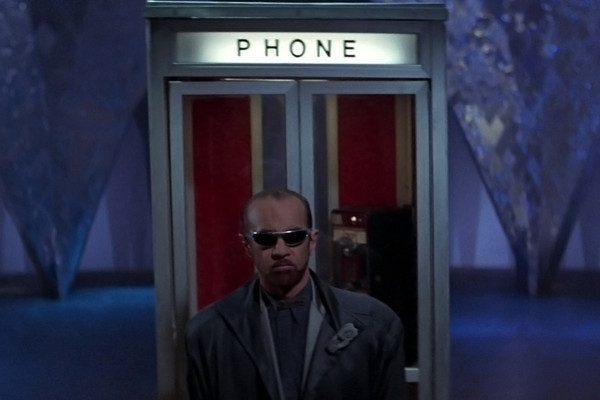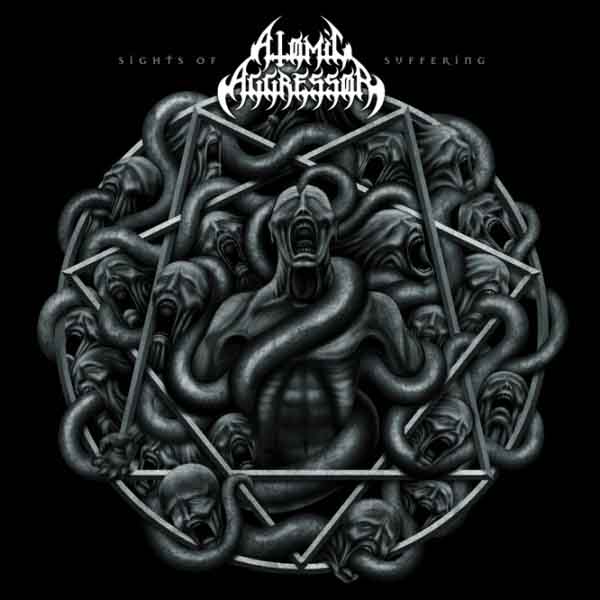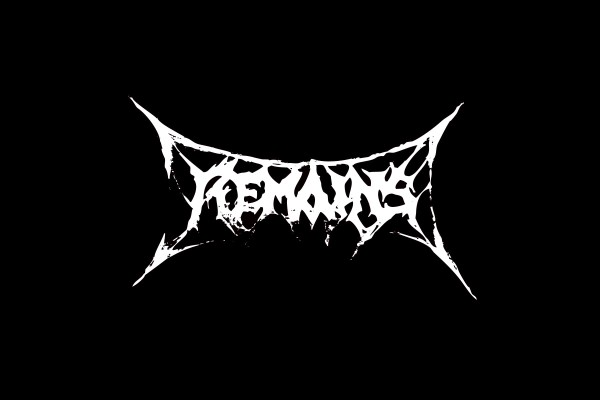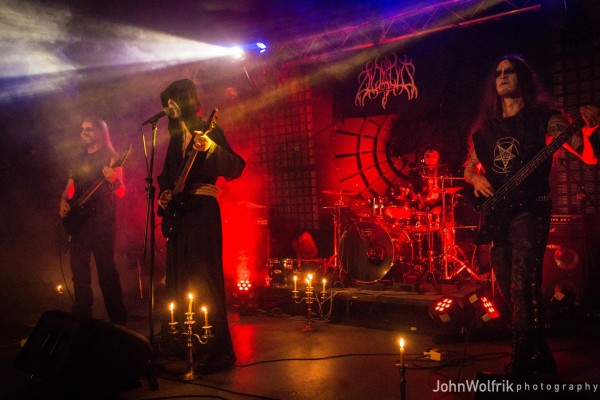
Serbian black metal band Zloslut has created some of the more interesting music to emerge from the underground of late and stand on the verge of releasin their second album, U Transu Sa Nepoznatim Siluetama in spring 2015. Main composer Utvara took some time to talk with us about the upcoming album and future of this innovative act…
What first attracted you to black metal music?
I would say it’s atmosphere, and its attitude toward all opposition.
What does black metal music communicate, represent or have as a value?
This depend from person to person, band to band and from era to era of the genre itself.
For me black metal represents all negation that “normal” people can’t stand. Primitivism with a way and a goal.
Its value was lost long ago. There are some good bands today of course! Even if I didn’t have the chance to experience black metal in the 90s, I can feel that it is not now what it was intended to be, judging by people who been through it, interviews and some well-documented movies.
Are you the sole creator of Zloslut? How did you decide to go ahead with this “lineup”?
Yes, Zloslut is me, Utvara.
The faithful individuals that follow me on shows are live session members.
You write and sing in your native language. Why did you make the choice to do this and not just use English, German and Norwegian like most black metal now?
I do this because I live in Serbia currently and I think it is an opportunity to know another language than English.
Many bands sing in English; I think it’s more original to sing in your native language, other then English if you have that privilege.
For those who don’t know that language, it will give them an esoteric feeling. As it gives me too when I listen to some Norwegian, Polish, German bands…
Zloslut have songs in English (three on the demo, one of them was re-recorded, it’s “Abyss of Eternal Deception” the track that closed the EP “Pustoš i prevare izgubljenih duša”) and two in French (one on the demo, and one other that was on the split “Anti-Human Manifest” with the song “Le Tonneau De La Haine,” with the text of Charles Baudelaire from Les Fleurs du Mals).
But I’m pretty sure that a musician who speaks several languages will agree with me that it depends from song to song.
Some sound better in English, but some must be in their native language because of its uniqueness.
Are you self-releasing your work as Dark Chants productions? Why this route and not another label?
Yes. Why? Because today anyone can be a label and many of them don’t take this work seriously. I have a problem with trusting a guy who runs a label on the other side of the planet. I don’t want someone to release my work and make a mistake. So I prefer to carry that burden myself.
I feel more safer when I do the work. I would rather support a mistake made by myself than by somebody else. The day I would let someone do that work is the day I will sign to a serious label who knows how things must be, but I have not had that chance yet.
What would you say inspires your songwriting, as in topics or emotions?
It depends; I guess that the lifestyle has a big impact in the work of a one man band.
The majority of my days are passed in reading, listening to music, and playing instruments. I’m not an “evil misanthropic” guy… It’s just that I enjoy times of loneliness. The feeling of melancholy gives me a lot of inspiration to write lyrics, music…
Or I let the intuition guide me. More people should try that, it’s amazing!
Too many bands today want to be like their idol, or for example the Disney band Watain. This brings us back to the second question, haha.
You’re about to release a new album, U Transu Sa Nepoznatim Siluetama available in 2015. How will this differ from your past work?
A lot. I think that this album is what I wanted to make since the creation of Zloslut, but couldn’t because of many obstacles, such as maturity, money, time and countless other factors.
Basically, everything is how I imagined it, so I think this album is the stamp of Zloslut, until further work.
This is definitely the most mature album and songs I’ve ever made.
I’m generally very negative when I make something. I always think that it should be otherwise, but I didn’t let that feeling overtake me.
What other styles or ideas influence you outside of black metal? How much does the history and current social/political/economic situation in your nation influence your thinking?
Literature (especially poetry), classical music…
I don’t let politics affect me in my musical world. I have some political opinions about Europe which are extreme for some people I believe. But I prefer to keep that for myself.
I don’t want to mix politics with my music, because they don’t have a connecting point. It’s pointless. Even if I love some bands that have some connections with politics.
What bands primarily influenced your basic style, and has this changed for U Transu Sa Nepoznatim Siluetama?
The bands that influenced me for Zloslut have not really changed since I created it.
When it comes to black metal, bands that influenced me the most were Burzum, Judas Iscariot, Taake, Peste Noire, Inquisition, Drudkh, Urfaust…
And I can’t hide my appreciation for the Finnish black metal scene. Almost all of them have something melancholic in their sounds… So Baptism, Sargeist, Noenum, Satanic Warmaster, Nattfog, Horna… I think that today they are the bearers of the “black metal flag.”
But the band that made my path into metal was Iron Maiden, and still today after more than fifteen years, I listen to them everyday at least once.
Classical music is also tied to me since I was a child. I was in music school for seven or eight years as a kid.
I love minimalistic pianist such as Philip Glass, Eric Satie (but just a few composition from him), but also the famous Tchaikovsky, Strauss…
And from time to time I like to put some OI Punk bands in the player, simple riffs, nervous voice with good messages.
Where did you record this latest album, and what techniques did you use? What were your goals for the sound/production of the music?
It was recorded in Belgrade, Serbia. I wanted something between crystal clear and raw sound, how to say, to keep the atmospheric spirit of Black Metal.
I’m not a gearhead, to be honest, I’m more into music creation. Knowledge of technical sound production was never my interest (until recently). I leave that to the producers in general, in this case for this album was Nemanja Krneta (a.k.a. Zlorog). I tell him what I want, and then we together explore all the possibilities.
And I’m very happy with how everything turned out.
How do you compose? Do you start with a riff, an idea, an emotion or something else? How do you link together your riffs?
Oh, this depends from track to track, generally with a riff, then I slowly start to create a text, and then assemble everything until it sounds well-arranged for my taste.
What comes next for Zloslut? Will you tour, or record again?
Well after U Transu Sa Nepoznatim Siluetama will be released around spring 2015 we plan to tour in Europe to promote the new album. We have some offers, but much more details will come after the release see the light… And maybe some summer festivals.
For more recording, definitely I have some ideas, but nothing for 2015, since I really want to promote the album as it should be.
I don’t want to drown the fans with many albums, EPs, splits, singles etc…
4 CommentsTags: Black Metal, zloslut
